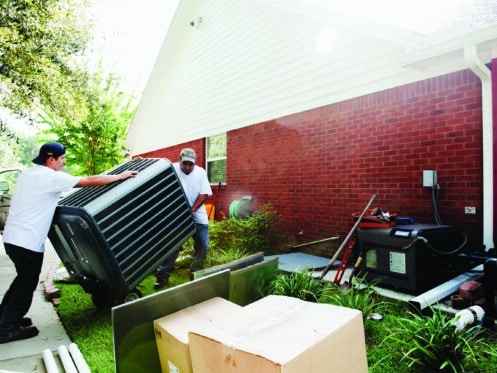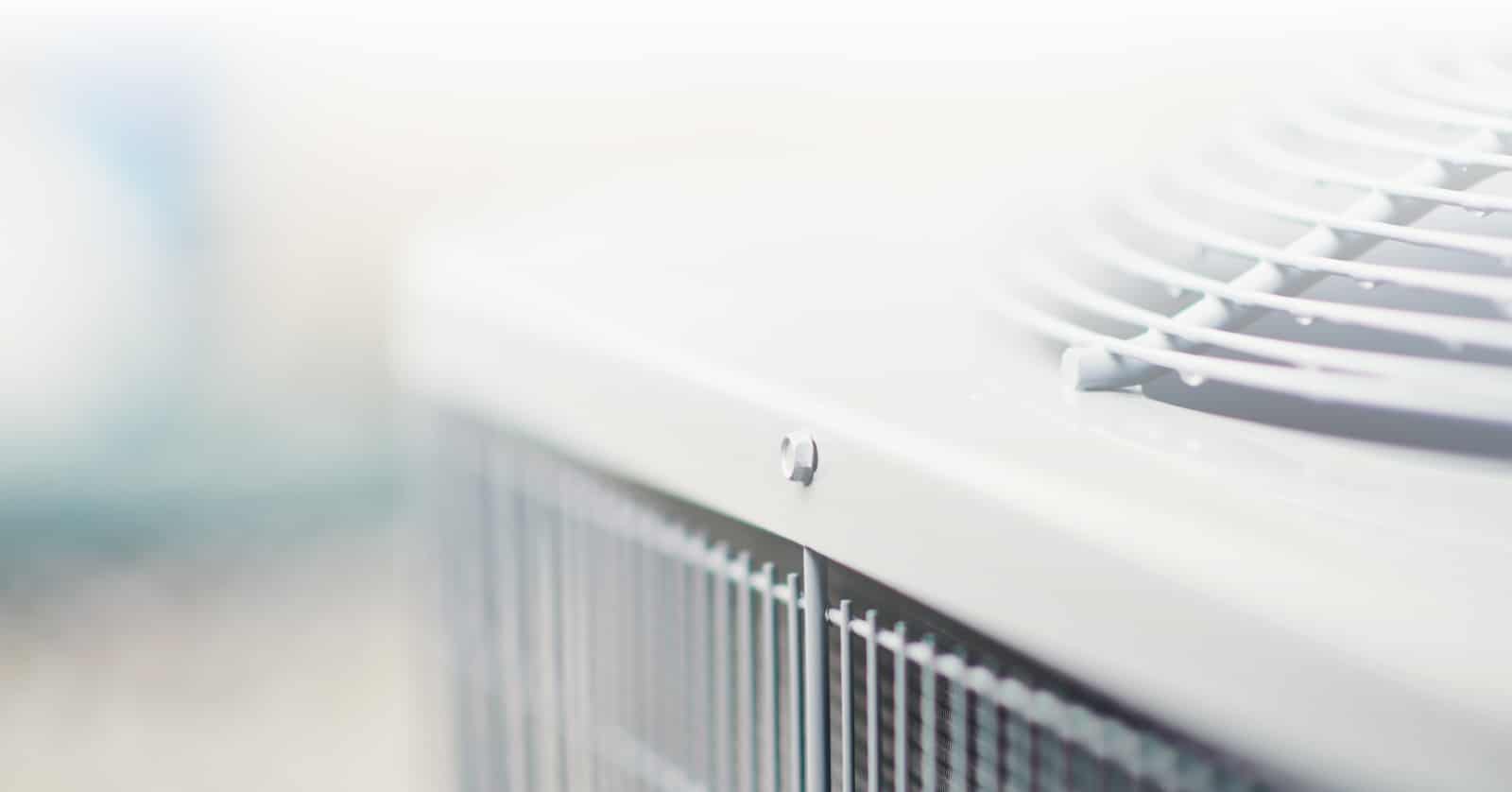Your home’s heating and cooling system is one of the biggest routine investments you’ll ever make in your home. Whether you’re replacing an aging system or installing one in a new building, the cost can be overwhelming and stressful. This guide can help you understand the average cost of an air conditioner as well as the factors that will affect how much you will pay.
Average Cost of an Air Conditioner
Let’s consider looking at the national averages for installing a new air conditioner. According to Home Advisor, the average homeowner can expect to spend between $4,000 at the low end and about $8,000 at the high end for a standard central air conditioner. The average is just under $6,000.
Keep in mind that these are averages across all central air installations. What you can expect to pay can vary. The following factors will help you determine where in the range a new air conditioner will fall based on the specifics of your home and cooling needs.
Size: The Largest Factor of Cost
When considering the cost of an air conditioner, the first thing you’ll notice is that unit size is one of the biggest factors affecting the price. When discussing air conditioner size, you’re actually discussing the cooling capacity of the unit. Larger units have more capacity. When you look at a unit, cooling capacity is listed as BTU or tonne, with one tonne equaling 12,000 BTU. BTU stands for British Thermal Unit and is a measure of heat production or transfer. A single BTU is equivalent to the amount of heat needed to raise one pound of water by one degree Fahrenheit.
Getting a properly sized unit for your home is critical to ensuring the system will effectively provide cooling effects. This will also ensure you can avoid excessive repairs and keep your operating costs down. Both an undersized unit and an oversized unit will fail to cool a home properly, can increase your energy consumption, and lead to additional repairs and shorter service life. By getting the appropriate-sized equipment for your home now, you avoid many of these long-term expenses. This can also reduce your annual cost of maintenance and operation.
A properly trained HVAC technician will use several factors to determine the required system size for your home, starting with its square footage. Then they’ll look at other factors to dial in the exact cooling capacity you need, including:
- Your home’s current insulation
- Number of windows
- Direction your home faces
- Ceiling heights
- How well your home is sealed
- The amount of shade your home receives
- Number of household occupants
- Heat-generating appliances
System Efficiency
Once you know the cooling capacity your home needs, it’s time to consider system efficiency options. Air conditioning efficiency is measured using the seasonal energy efficiency ratio, or SEER. This is the ratio between the entire cooling output for the summer and the total amount of energy the system consumes. As of 2023, the minimum efficiency is 14 SEER.
The higher the SEER rating, the less energy a system will consume while offering the same capacity. The higher the efficiency rating, the more you’ll pay for the system. For instance, the most efficient system currently available is rated at 26 SEER and may cost you upwards of $11,000 to install.
As you work with a trusted technician to determine the best cooling system for your home, discuss the differences in SEER ratings and your cooling goals. The heat during the dog days of summer can get expensive, so saving on energy is important.
Type of System
There are several different types of air conditioners available, and the kind you choose will also play a factor in the price. The averages quoted above are for a standard single-zone central air conditioner. If you have a zoned HVAC system, you’ll need a unit that’s compatible, which drives up the price.
You also have the option to install a heat pump or a ductless mini-split system. A heat pump will double as a heating system in cooler temperatures. A ductless mini-split uses wall-mounted air handlers throughout your home rather than a central air handler with ducts. This naturally zones your home and usually includes a heat pump system.
In both cases, you’re going to see a higher-than-average price point. A central heat pump starts at around $5,000 for an air-sourced system but can exceed $30,000 if you’re installing a geothermal system. A mini-split system starts around $2,000 with a single indoor wall unit and can exceed $14,000 for a more complex and higher-efficiency system.
Do You Need Ductwork?
Consider whether or not you’ll need to install ductwork with your air conditioner. If you don’t already have ductwork, it may be more advantageous to opt for the ductless mini-split system. If you currently have ductwork, it may need replacing if it’s more than 20 years old and isn’t well sealed. The average national cost of ductwork installation is around $4,000 for about 300 linear feet. However, it can easily exceed $10,000 depending on the level of work that you need, the amount of ducting you have, and the number of vents and returns that support your system.
The Addition of Extra Features
Replacing your air conditioner is a great time to consider other upgrades to your HVAC system. Depending on what you choose, you may be able to reduce the overall cost of your project. For instance, you can bundle your furnace and air conditioner to help save labor costs compared to installing them separately. The same is true for whole-house air purifiers, air scrubbers, and dehumidifiers.
The Season in Which You Install the System
Did you know that the time of year you install your new air conditioner has a direct effect on the price you’ll pay? Many people wait until they have a complete system failure, which usually happens during the hottest part of the summer. This leaves manufacturers and installation companies scrambling to keep up with the demand, which allows them to charge a high price point.
If you can plan your air conditioner installation, aim for the spring or fall, which are historically slower times for both equipment manufacturers and installation companies. As a result, you may encounter rebates and offers on the equipment, as well as deals from installers. Installers may offer a discount on the installation price, an extended labor warranty, or some complementary routine maintenance to help reduce your long-term expenses.
Are You Taking Advantage of Rebates?
Finally, there are several programs available to help reduce the cost of installing a high-efficiency air conditioner. For instance, the Residential Clean Energy Credit offers a 30% tax credit when you install a geothermal heat pump. The Energy Efficient Home Improvement Credit offers up to $2,000 for an air-source heat pump. The High-Efficiency Electric Home Rebate Act offers as much as $8,000 for low-income households that install a heat pump.
All Tech Heat & Air has kept property owners around Oklahoma City comfortable for the last 20 years. Our NATE-certified technicians provide heating and air conditioning installation, maintenance, and repair, along with indoor air quality solutions. Call today to schedule your new AC installation consultation with one of our award-winning technicians.




